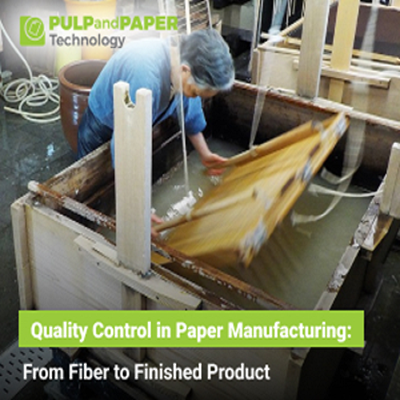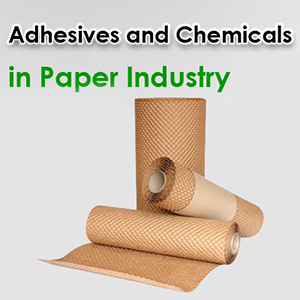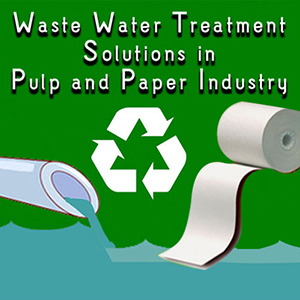Quality Control in Paper Manufacturing: From Fiber to Finished Product

Introduction
Paper plays an essential role in our everyday routines, from the books we read to the packaging that preserves our food. Ensuring the top-notch quality of paper products is vital to sustaining their utility and longevity. The process of quality control in paper manufacturing is thorough, commencing with the sourcing of raw materials, particularly fiber, and extending all the way to the delivery of the final product to consumers. In this article, we will take a closer look at the progression of paper from its initial fiber stage to the finished product, highlighting the diverse quality control measures integrated at each stage.
A) Sourcing the Right Fiber
The quality of paper largely depends on the type of fiber used in its production. Trees, such as pine, fir, and spruce, are the primary sources of fiber for paper manufacturing. These trees undergo a rigorous selection process, ensuring that only the best-quality fiber is chosen. Additionally, recycled paper products are increasingly becoming a popular source of fiber, promoting sustainability and environmental responsibility in the industry.
| Also Read: Fiber Testing and Analysis in Pulp Production: Ensuring Raw Material Quality |
B) Pulping Process and Quality Assurance
Once the fibers are collected, they undergo the pulping process, which involves separating the cellulose fibers from the other components of the wood. This step is critical in determining the strength and texture of the final paper product. Quality control specialists closely monitor this process to ensure that the fibers are properly separated and cleaned without compromising their integrity. Any impurities or contaminants are meticulously removed to prevent defects in the final paper.
C) Paper Formation and Testing
The pulped fibers are then processed to form paper sheets. During this phase, various parameters are closely monitored to maintain the desired quality standards. Specialists keep a close eye on factors such as paper thickness, density, and surface smoothness. Additionally, testing equipment is employed to check the paper's tensile strength, tear resistance, and other mechanical properties to ensure it meets the required specifications.
D) Chemical Additives and Control Measures
Chemical additives frequently play a role in the paper manufacturing process to improve particular attributes like color, texture, and durability. Specialists in quality control carefully oversee the application of these additives, guaranteeing that they do not compromise the paper's quality or pose any environmental risks. Rigorous examinations are carried out to confirm that the chemical compositions remain within the allowable limits and adhere to industry norms.
E) Drying and Surface Treatment
After the paper formation, the sheets undergo a drying process, where excess moisture is removed to achieve the desired moisture content. This step is crucial in preventing the growth of mold or bacteria, which can compromise the paper's quality. Furthermore, surface treatments may be applied to improve the paper's printability and enhance its resistance to external factors such as moisture, light, and heat.
F) Final Inspection and Packaging
Before the paper products are packaged and dispatched, a comprehensive quality inspection is conducted to identify any defects or inconsistencies. This involves visually examining the paper for imperfections, ensuring uniformity in texture and color, and confirming that it meets the specified dimensions. Once the final quality checks are completed, the paper is carefully packaged to prevent any damage during transportation and storage.
Conclusion
In summary, the process of transforming paper from its raw fiber form to the final product encompasses a series of rigorous quality control measures aimed at meeting the most stringent standards of quality and durability. By closely overseeing each phase of production, the industry demonstrates its dedication to providing paper products that fulfill a variety of requirements while also adhering to eco-friendly practices. With ongoing technological advancements and unwavering commitment to quality control, the paper manufacturing sector consistently delivers adaptable and dependable paper products for a wide range of global applications.









